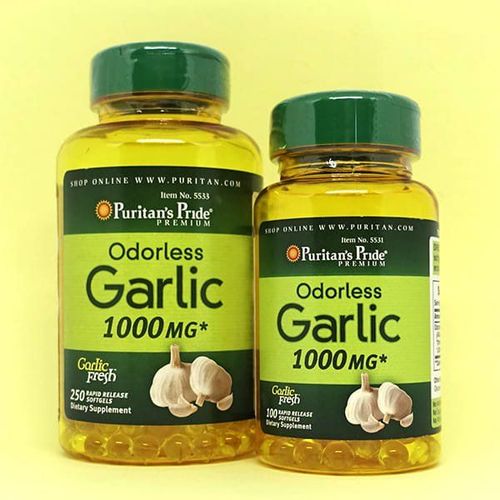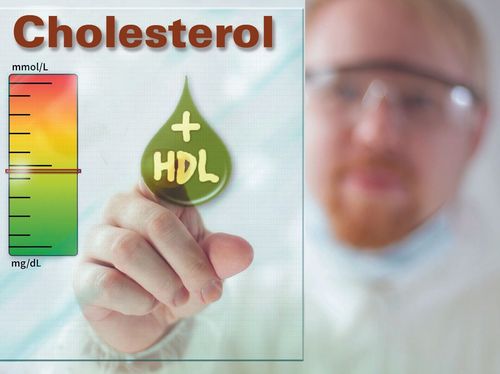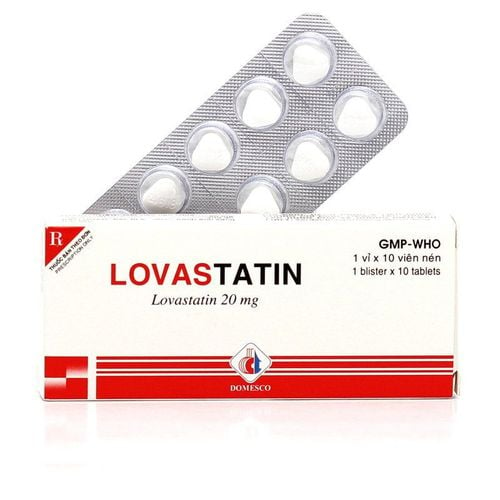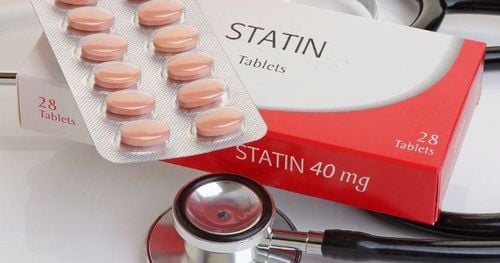This is an automatically translated article.
The article is professionally consulted by Master, Doctor Bui Tien Dat - Emergency Medicine - Cardiology - Emergency Resuscitation Department - Vinmec Hai Phong International General Hospital. The doctor has more than 12 years of experience in the field of emergency resuscitation - cardiology.1. The process of forming atherosclerosis
Medical studies show that high blood homocysteine levels can contribute to blood vessels that are more susceptible to damage from oxidative reactions. The end result is a combination of harmful oxidative stress and instability of vascular endothelial collagen in atherosclerotic plaque formation.The very early injury consequence is dysfunction of vascular endothelial cells. Endothelial cells can be damaged by dyslipidemia, free radicals, hypertension, diabetes, homocysteine, or infectious factors. Blood monocytes and T-lymphocytes adhere to the sites of injury and migrate subendothelially, where lipid-filled foam cells form.
During blood circulation, platelets attach to the damaged endothelium and release chemotactic factors and continue to develop atherosclerosis. With the presence of atherosclerotic plaques can cause occlusion of the vessel lumen, or occlusion of the vessel by blood clots or ruptured atherosclerotic plaque.

High blood homocysteine levels cause an increase in tumor necrosis factor α (TNFα), which can activate nuclear factor rB (NF-rB) resulting in increased inhibition of NO synthesis. Mediators of peroxisome rapidly activated receptors (PPARs) can also be degraded. On the other hand, O2–, H2O2 and ONOO– can induce vasoconstriction, alter vascular smooth muscle development, as well as induce cell damage.
2. The relationship between increased cholesterol and atherosclerosis
According to medical studies, hypercholesterolemia promotes atherosclerosis, which is a factor that increases the likelihood of hypertension, carotid artery disease, coronary artery disease, lower extremity artery disease, and coronary artery disease. motherboard. In terms of chemical structure, total cholesterol includes many forms of cholesterol, of which the two most important components are high molecular weight cholesterol (HDL-C) and low molecular weight cholesterol (LDL-C).Elevated levels of LDL-C in the blood are a risk factor for cardiovascular disease. Conversely, the lower the level of HDL-C in your blood, the higher your risk of heart-related disease. Another component of blood fat, triglycerides, when increased, can also increase the risk of cardiovascular disease.
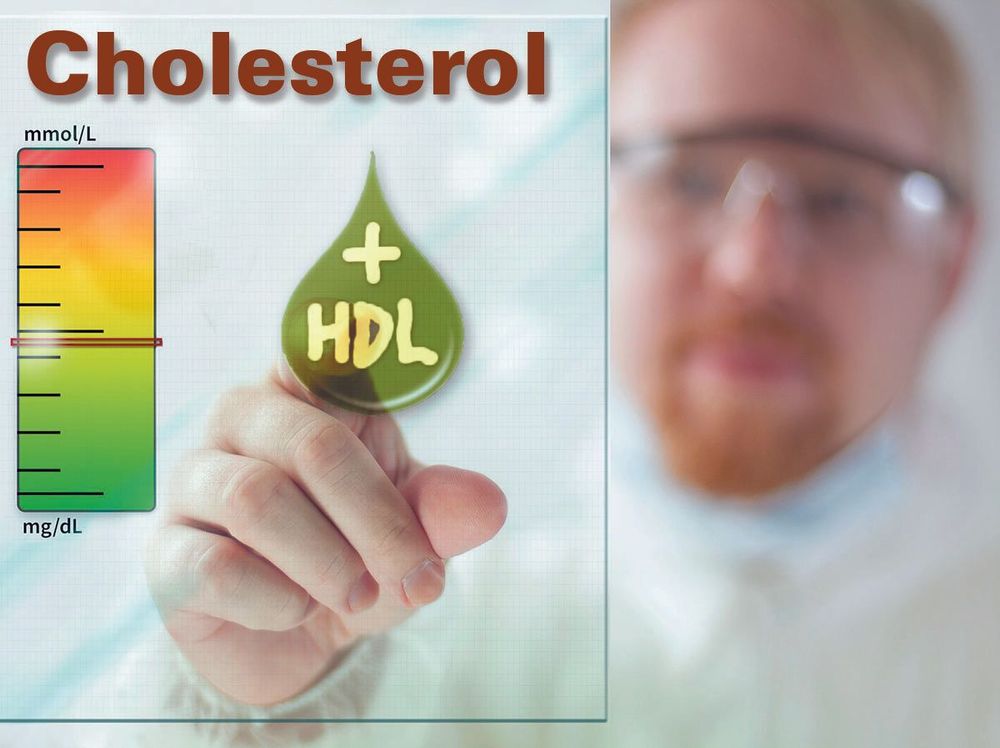
However, also according to the survey results, people with very low HDL cholesterol levels (less than 41 mg/dL) and those with very high levels (higher than 60 mg/dL), the risk of developing atherosclerosis mortality from cardiovascular disease is higher. People with cholesterol levels higher than 60 mg/dL were nearly 50% more likely to have a heart attack or die from cardiovascular disease than those with levels 41 to 60 mg/dL. Thus, dyslipidemia greatly affects the condition of atherosclerosis complications.
3. Controlling dyslipidemia is the golden key against atherosclerosis
In order to limit dyslipidemia, you need to make lifestyle changes including a suitable diet, limiting fat intake, being physically active, maintaining a healthy weight, quitting smoking, and reducing stress. pressure. Fat intake should be less than 30% of total body energy needs per day. Limit saturated fat < 7% (which is fat derived from animal fat such as lard, beef, chicken, processed and fried foods..),
Controlling blood fat is very important because it affects the health of many other important organs in the body. You should monitor your cholesterol regularly for early detection, control and treatment. Currently, Vinmec International General Hospital is providing a screening package for diabetes and dyslipidemia for all customers. Who should use this service pack?
Obesity, overweight (BMI ≥ 23) Sedentary History of parents with diabetes BP ≥ 140/90 mmHg, or being treated for hypertension Hyperlipidemia (HDL < 0.9 mmol/l, Triglycerides > 2.82 mmol/L) l ), or being treated for hyperlipidemia Having a large baby ≥ 3.5 Kg History of blood sugar disorders History of gestational diabetes Polycystic ovary syndrome.
Please dial HOTLINE for more information or register for an appointment HERE. Download MyVinmec app to make appointments faster and to manage your bookings easily.






